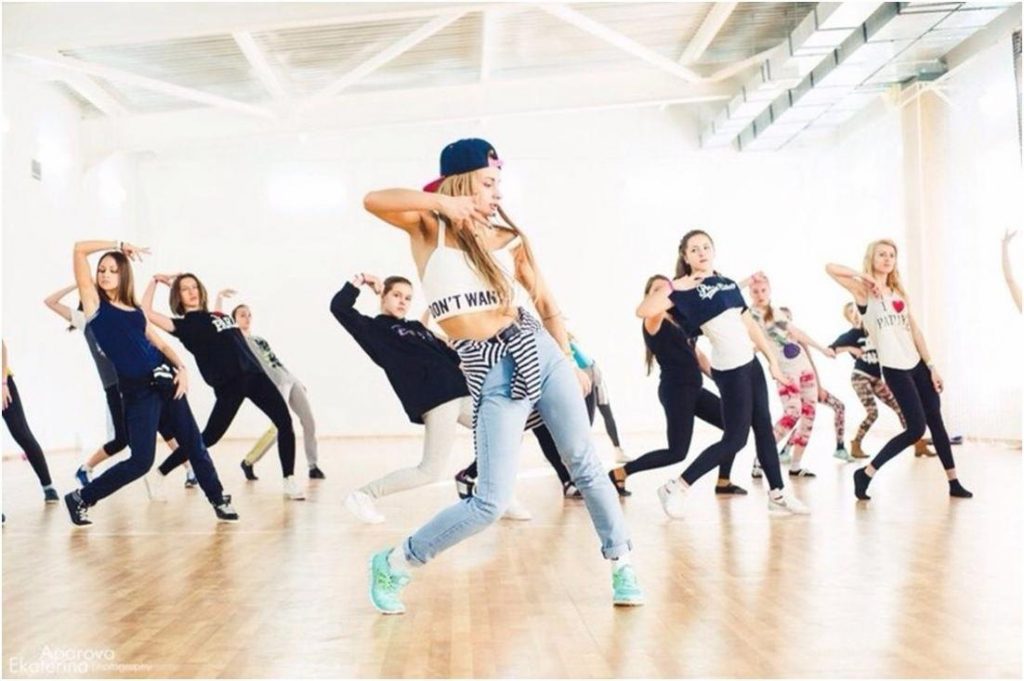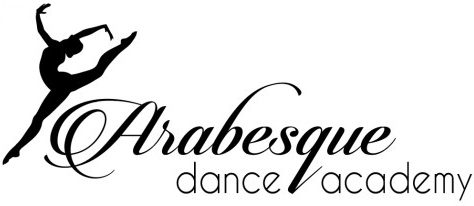Firstly let me say what dancing is not. Dancing is not a form of exercise, and anyone who says this is missing the point.
Dancing is an art form, and a skill easily acquired by anybody in average physical shape. Learning to dance well takes some practical tuition with a partner; preferably one of the opposite sex. It is an advantage to have a good sense of musical rhythm, because most dances have a definite rhythm, for example slow, slow, quick-quick.
In partner dancing it is important to understand that the gentleman leads and the lady follows. This means that whenever there is a choice of steps, it is the gentleman who makes that choice. For instance the gentleman may decide when to signal to the lady that he wants her to turn, and he does so by raising his left hand.
There are about ten different partner dances commonly practiced in the USA and Canada; in the UK they practice international style dancing which is slightly different from American style painting contractors.

When I first had dance lessons I was confused by the fact that the rhythm of the steps did not always match the rhythm of the music
For instance foxtrot, whose rhythm is slow, slow, quick-quick, is danced to 4/4 common time music; this is simply a fact that must be accepted. The same applies to swing (east coast and west coast).
In partner dancing there are several different positions, including hand-hold, closed, sweetheart and hammerlock.
An exception to every rule is Argentine tango, in which rhythm is less important than fancy footwork. Learning Argentine tango is likely to take longer than other dances, because there are so many different steps, each having its own Spanish name.
For anyone new to dancing I strongly recommend taking lessons, ideally private lessons. This will help you to decide whether dancing is a good recreation for you.





